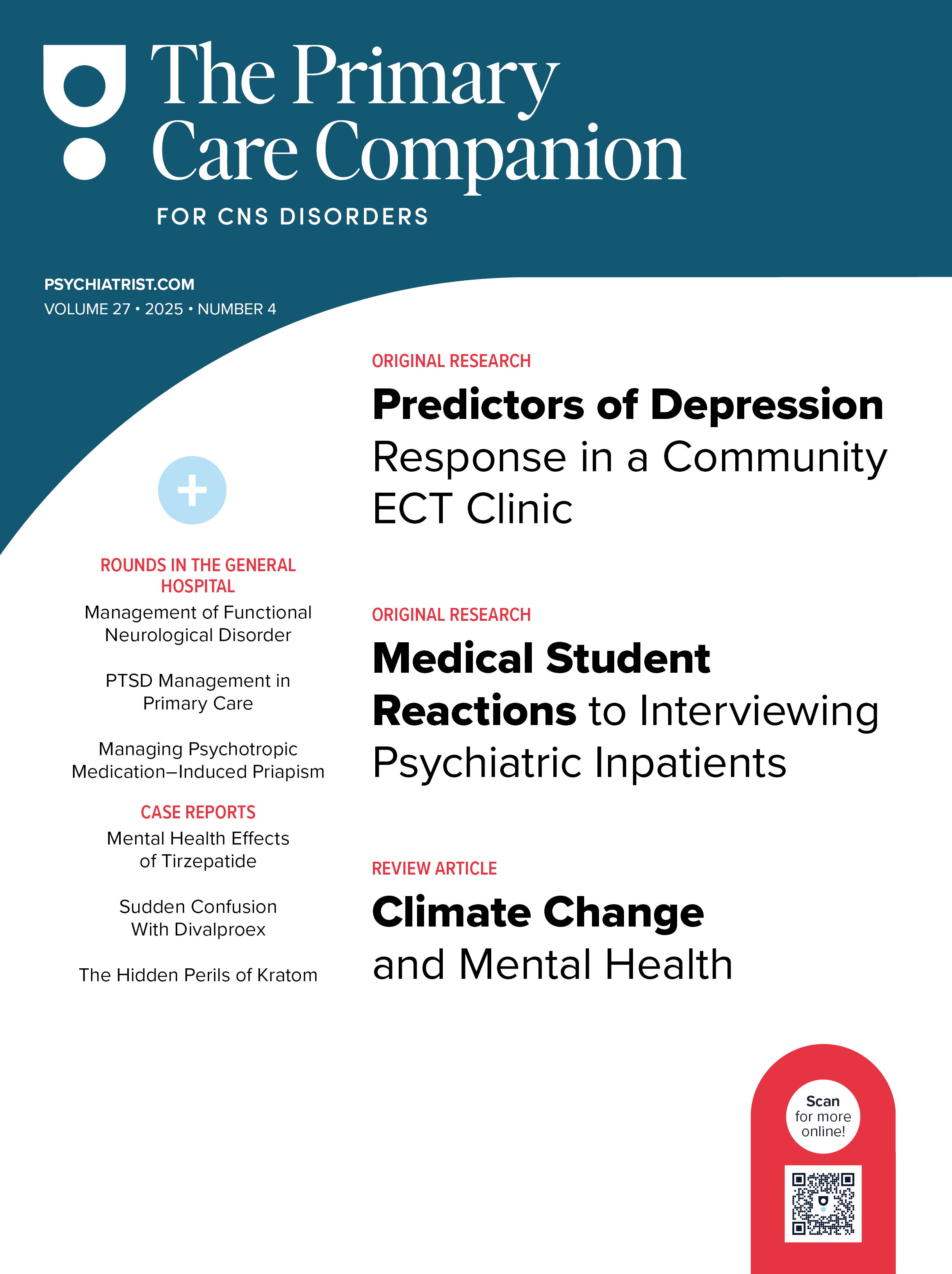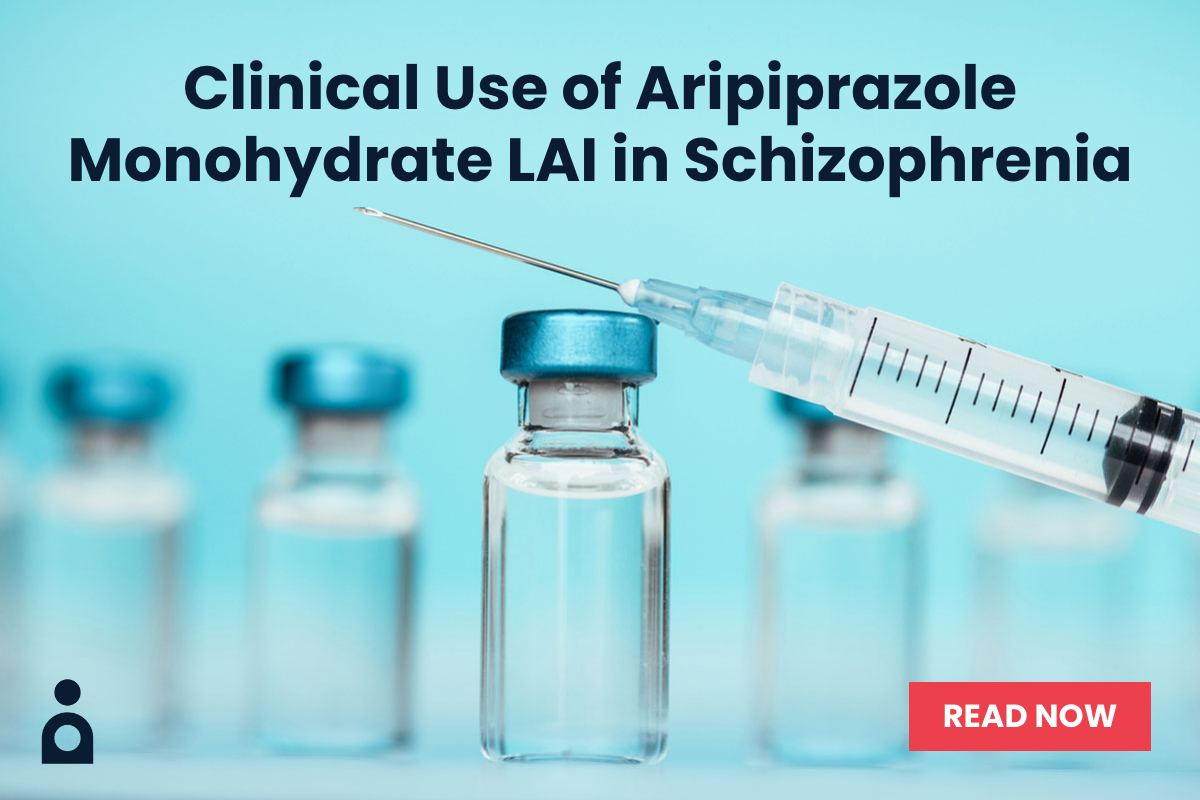Because this piece does not have an abstract, we have provided for your benefit the first 3 sentences of the full text.
To the Editor: Priapism is defined as a full or partial penile or clitoralerection lasting more than 4 hours unrelated to a sexual stimulus or desire. Priapism is an infrequent presentation in children. Common etiologies in the pediatric population include sickle cell disease, trauma, and malignancy.
Frequent, Spontaneous, Prolonged Penile Erections in a 12-Year-Old Boy After Lisdexamfetamine Use
To the Editor: Priapism is defined as a full or partial penile or clitoral erection lasting more than 4 hours unrelated to a sexual stimulus or desire.1 Priapism is an infrequent presentation in children.2 Common etiologies in the pediatric population include sickle cell disease, trauma, and malignancy.3 It is well known that psychotropic medications possessing α-adrenergic-blocking properties are associated with priapism.4 The US Food and Drug Administration (FDA) issued a safety announcement in 2013 warning of the risk of priapism with the use of methylphenidate and atomoxetine.5 We present a case of frequent, spontaneous, prolonged painless penile erections unassociated with sexual desire in a 12-year-old boy after starting lisdexamfetamine.
Case report. A 12-year-old Hispanic boy was referred to the partial hospital for symptoms of hyperactivity, attention deficit, and poor impulse control both at school and at home. He was diagnosed with attention-deficit/hyperactivity disorder (ADHD), combined type (DSM-5 criteria).
He was started on lisdexamfetamine 20 mg once daily in the morning to treat his ADHD. Three days after starting the medication some improvement was noted in the patient’s behavior, evident by better performance in school, but he refused to continue the medication. The patient was asked questions about possible side effects of the medication, but he denied that he was experiencing any. The patient received psychoeducation about the illness and the importance of compliance with treatment, but he continued to refuse the medication.
A week later, during a subsequent meeting with the patient, he embarrassingly disclosed that after starting the medication he began to have frequent, unintentional, prolonged painless penile erections multiple times a day. It was particularly embarrassing for him to experience these erections during class and group therapy sessions. The erections lasted for 10 to 30 minutes, and he reported experiencing 10 to 15 erections a day. Prior to starting lisdexamfetamine, he experienced 1 to 3 erections daily, each lasting around 10 minutes. He reported no change in his personal or romantic life. He continued to masturbate once or twice a day, which was unchanged from baseline. The patient grew increasingly conscious of the possible side effect and decided to stop the medication after 3 days of use. After stopping lisdexamfetamine, the duration and frequency of his erections went back to the baseline level.
After discussion, the patient agreed to start methylphenidate extended release. It was explained that there could be a slightly increased risk of priapism on the new medication. His parents consented to start methylphenidate extended release. He responded well to the medication with no side effects. His compliance with methylphenidate extended release was excellent.
Amphetamines act on adrenergic and dopaminergic pathways, and in rare cases, through an idiosyncratic reaction, they can increase sexual desire and incidence of spontaneous erections and delay time to orgasm.6 In the medical literature, there are at least 4 cases5 that report the possible association of priapism with the use of prescription amphetamines. However, these cases were nonconclusive, as other medications known to cause priapism were also taken.5 Although there are reported cases7 in which the illicit use of methamphetamine, methylenedioxy-methamphetamine (MDMA, "Ecstasy"), or unspecified amphetamines have caused priapism, to our knowledge this is the first case of frequent, spontaneous penile erections after starting lisdexamfetamine.
At a time of rapid pubertal changes as well as the discovery of sexual orientation and preference, adolescents are particularly embarrassed to discuss sexual concerns with their guardians or medical providers. Hence, knowledge of this possible side effect and monitoring for priapism are advised, not only in males but also in females. Female patients may present with clitoral priapism, leading in some instances to clitoral swelling and pain.8 With FDA approval of lisdexamfetamine for the treatment of binge-eating disorder,9 an illness that is more common in females, clinicians should be comfortable educating patients about the possible sexual side effects of the medication regardless of their gender.
In the case of a pharmacologically induced priapism, all suspected medications should be stopped, and conservative management including analgesics, gentle exercise, and ice pack application should be initiated. After obtaining relevant history and conducting a pertinent physical examination, urological or surgical consultation may be necessary depending on the severity of priapism.
References
1. Broderick GA, Kadioglu A, Bivalacqua TJ, et al. Priapism: pathogenesis, epidemiology, and management. J Sex Med. 2010;7(1):476-500. PubMed CrossRef
2. Eland IA, van der Lei J, Stricker BH, et al. Incidence of priapism in the general population. Urology. 2001;57(5):970-972. PubMed CrossRef
3. Elder JS. Anomalies of the penis and urethra. In: Kliegman RM, Stanton BF, St. Geme JW, et al, eds. Nelson Textbook of Pediatrics. Philadelphia, PA: Elsevier Saunders; 2011:1852-1858.
4. Thompson JW Jr, Ware MR, Blashfield RK. Psychotropic medication and priapism: a comprehensive review. J Clin Psychiatry. 1990;51(10):430-433. PubMed
5. US Food and Drug Administration. FDA drug safety communications: FDA warns of rare risk of long-lasting erections in males taking methylphenidate ADHD medications and has approved label changes. https://www.fda.gov/downloads/drugs/drugsafety/ucm378835.pdf. Accessed March 16, 2017.
6. Pfaus JG, Everitt BJ. The psychopharmacology of sexual behavior. In: Bloom FE, Kupfer DJ, eds. Psychopharmacology: The Fourth Generation of Progress. New York, NY: Raven Press; 1995:743-758.
7. Eiland LS, Bell EA, Erramouspe J. Priapism associated with the use of stimulant medications and atomoxetine for attention-deficit/hyperactivity disorder in children. Ann Pharmacother. 2014;48(10):1350-1355. PubMed CrossRef
8. Medina CA. Clitoral priapism: a rare condition presenting as a cause of vulvar pain. Obstet Gynecol. 2002;100(5 pt 2):1089-1091. PubMed
9. McElroy SL, Hudson JI, Mitchell JE, et al. Efficacy and safety of lisdexamfetamine for treatment of adults with moderate to severe binge-eating disorder: a randomized clinical trial. JAMA Psychiatry. 2015;72(3):235-246. PubMed CrossRef
aDepartment of Psychiatry, Natchaug Hospital, Norwich, Connecticut
bDepartment of Psychiatry, Icahn School of Medicine at Mount Sinai (Elmhurst), Queens, New York
cheadspace Darwin, NT, Australia
Potential conflicts of interests: None.
Funding/support: None.
Patient consent: The patient was informed and his guardian provided consent to publish this case. Information was de-identified to protect anonymity.
Published online: December 7, 2017.
Prim Care Companion CNS Disord 2017;19(6):17l02139
https://doi.org/10.4088/PCC.17l02139
© Copyright 2017 Physicians Postgraduate Press, Inc.
Please sign in or purchase this PDF for $40.00.


